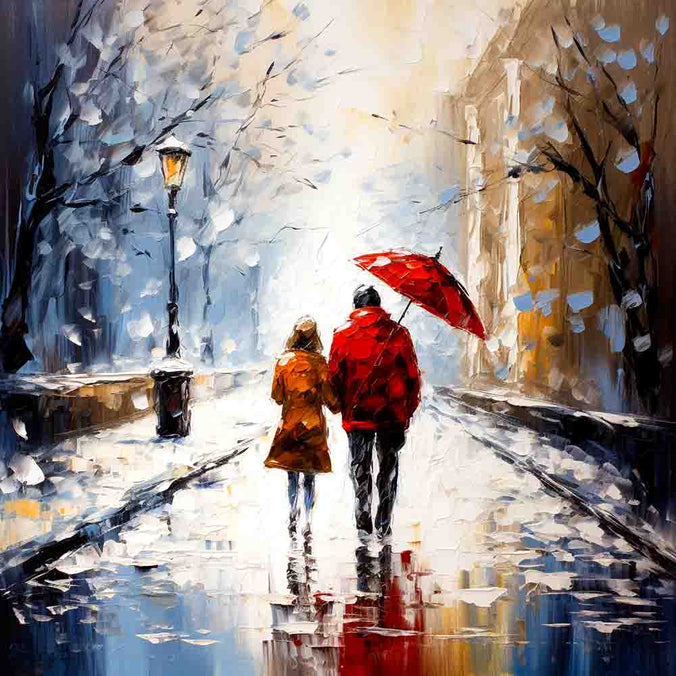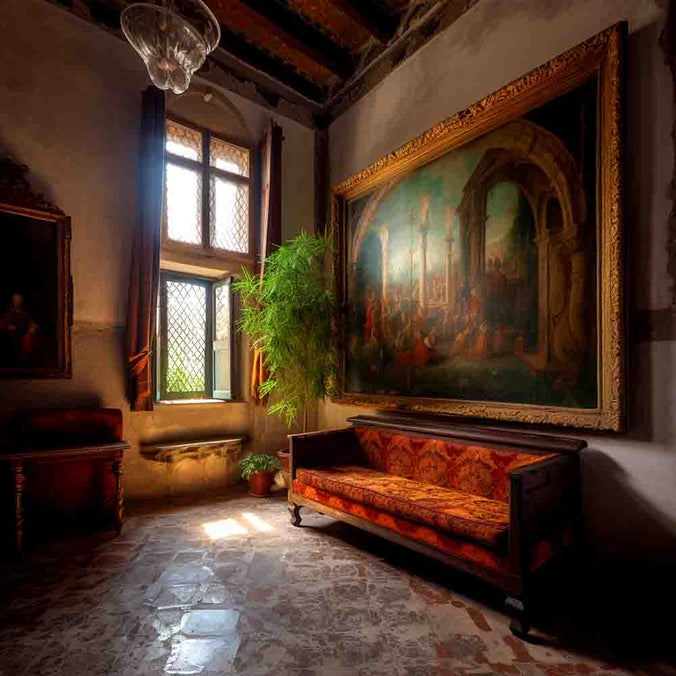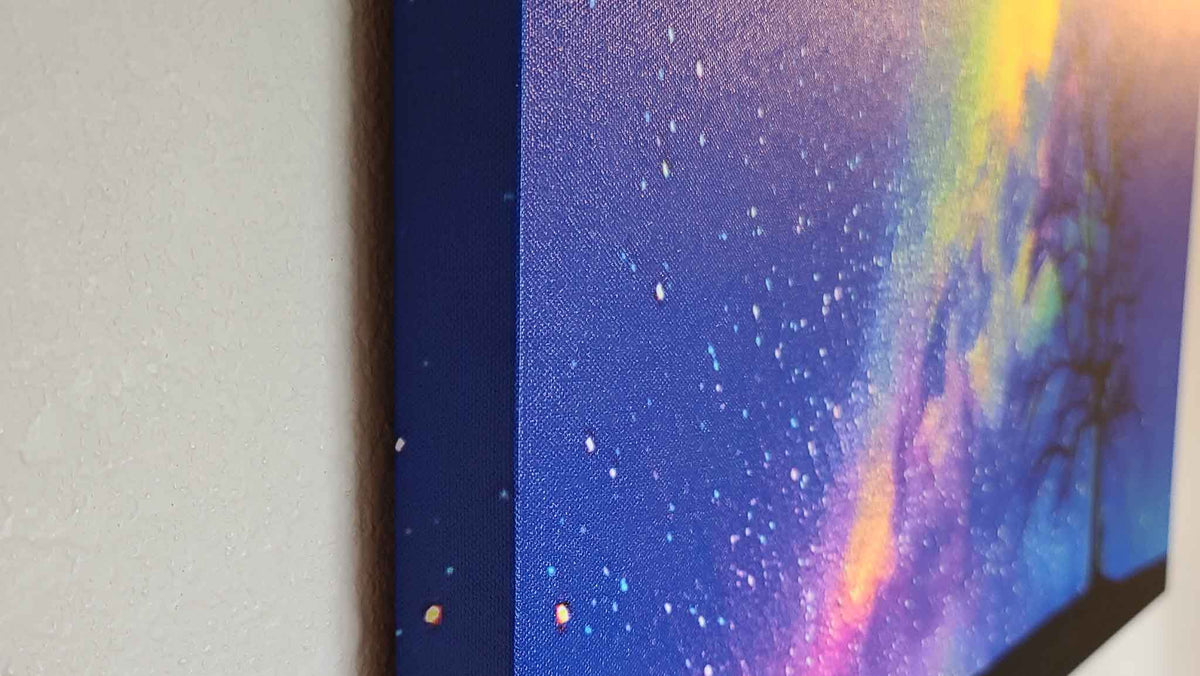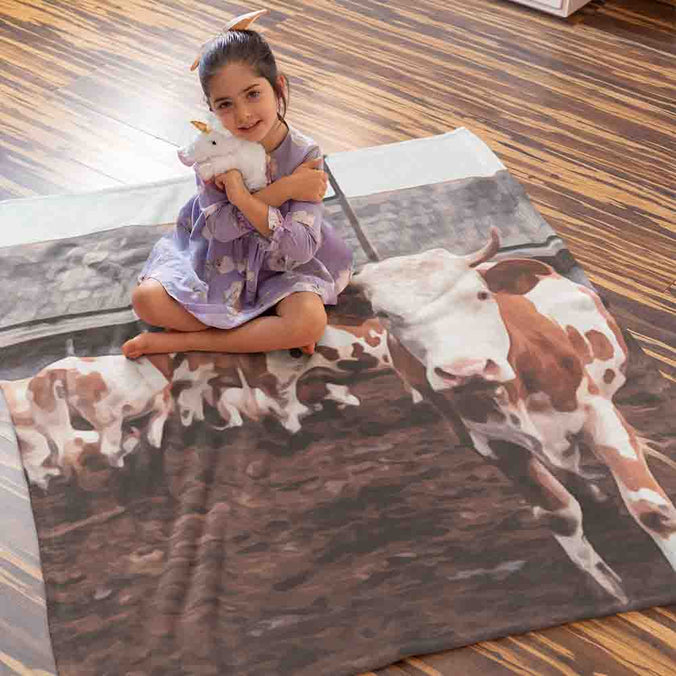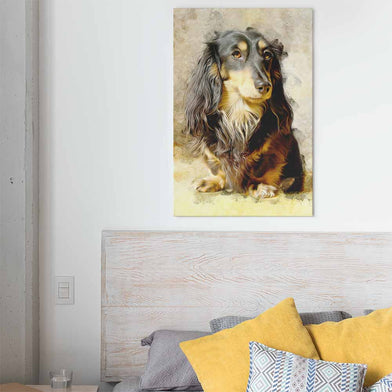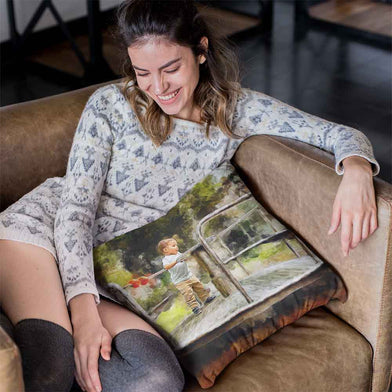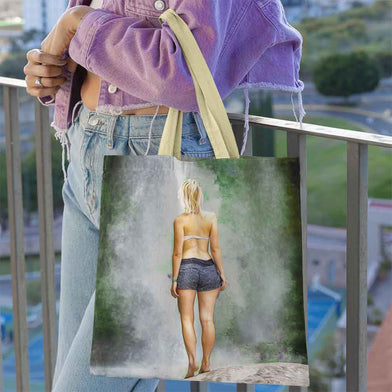Introduction to Using Art for Self-Expression

Introduction to Using Art for Self-Expression
Art serves as a powerful medium for emotional and creative expression, offering a unique way to communicate feelings and ideas. With the convenience of modern technology, you can easily use your mobile device or laptop to write, draw, or create digital art. Embrace the creative process, understanding that mistakes can often lead to inspiration and growth. Share your artwork with trusted friends or mentors to gain valuable feedback and encouragement on your artistic journey.
Choosing the Right Art for Yourself
Art has the ability to evoke strong emotional connections, eliciting a range of feelings from warmth and joy to contemplation and introspection. While it can be a positive experience, it's essential to recognize that art may also have a negative impact on some individuals. When choosing a creative path, artists should be mindful of certain behaviors and feelings that could be detrimental to their well-being. Breaking these habits can be challenging, but by understanding the signs and being aware of your emotional responses, you can identify when a particular form of art may not be the right fit for you.
The Historical Significance of Art for Self-Expression
Why do people use art to express themselves? Art has been a powerful form of communication throughout history, with humans utilizing it as a means of self-expression since the first cave paintings appeared in Europe approximately 30,000 years ago. These early artistic endeavors marked the beginning of a long tradition of using art to convey emotions, ideas, and experiences.
Over time, art has evolved in tandem with human civilization, reflecting societal changes, cultural shifts, and the growth of individual expression. The creative process has served as a way for individuals to connect with their emotions, explore their identities, and communicate with others on a deeply personal level. This profound connection between art and self-expression has led to the development of countless artistic styles and techniques, which continue to inspire and engage people today.
In addition to its expressive qualities, art has also played a critical role in shaping our understanding of history and culture. The works of countless artists throughout the ages have provided invaluable insight into the lives, beliefs, and values of the people who created them. As such, the importance of art as a form of self-expression cannot be overstated, as it continues to enrich our lives and broaden our understanding of the human experience.
The Influence of Art on Creative Expression
How does art influence creative expression? As a means of expressing feelings, art serves as an essential outlet, allowing individuals to release tension and explore complex emotions. The creative process is influenced by a variety of factors, including personal experiences, cultural backgrounds, and the individual artist's unique perspective on the world.
Art has the power to shape society by defining the rewards and resources available to those who engage in creative endeavors. While the concept of creativity in Western culture often emphasizes originality, it is important to recognize that extraordinary artistic accomplishments can be achieved in other cultures without relying solely on unique ideas.
Creative expression is a fundamental aspect of human experience, enabling societies to adapt to change and embrace new perspectives more readily. Throughout history, artistic expression has been used to communicate ideas, share stories, and forge new identities. Early human societies relied on art as a form of symbolic communication, while contemporary art often transcends this role, reflecting broader themes and exploring complex societal issues.
Preserving cultural heritage and traditions is another vital function of creative expression. By engaging with the past and creating new works inspired by history, artists contribute to the continued evolution of cultural identity. For example, the iconic Mona Lisa, painted by Leonardo da Vinci in the 1500s, has become a symbol of the Renaissance and a testament to the enduring impact of artistic expression.
The creative process varies greatly from one artist to another, with some relying on intuition and others drawing on a more deliberate, planned approach. Regardless of the method, the power of art to inspire, challenge, and connect people is undeniable, making creative expression an essential aspect of the human experience.
Visual Art as a Means of Emotional Expression
How does visual art serve as a medium for emotional expression? Visual artists frequently utilize their creative talents to convey their emotions, often accompanied by a sense of excitement, perturbation, and the desire to release tension. Emotional art focuses on the feelings embedded within the artwork rather than solely on its aesthetic value.
Painting, for example, is a timeless form of visual art that employs colors and brush strokes to communicate ideas and emotions. Practiced by prehistoric people and ancient civilizations, such as the Egyptians, painting has evolved into an essential means of emotional expression throughout human history.
The creative process varies greatly among artists. Some rely on intuition, allowing their work to develop organically as they immerse themselves in the act of creation. Others adopt a more conscious, intentional approach, knowing precisely what they aim to achieve before they begin.
Ultimately, visual art enables artists to share their emotions and connect with others on a profound level. By tapping into the power of emotional expression, visual art fosters a deeper understanding of the human experience and the complex emotions that define our existence.
Conveying Emotions through Drawing
How can drawings effectively communicate emotions? Drawings have the capacity to convey a wide range of emotions, such as sadness or hopelessness. The context and surroundings depicted in a drawing play a crucial role in shaping the overall emotional impact of the artwork.
Masterful visual artwork often evokes meta-emotions, or multiple emotions simultaneously experienced by the viewer. This complex emotional response requires the artist to possess strong technical skills and the ability to create intricate compositions. A piece of art that successfully incorporates these elements is often considered a masterpiece.

Emotional expression in art is typically preceded by perturbation or excitement. Artists express these emotions to clarify their feelings and release tension. Consequently, the creative process often provides a sense of relief for the artist, allowing them to process and navigate their emotions.
Drawings offer artists a powerful means of expressing emotions, creating connections with viewers, and facilitating personal growth through the exploration of complex feelings.
Art has long served as a vital medium for emotional and creative expression, providing a unique way for individuals to communicate and connect with others. Throughout history, art has evolved alongside human civilization, reflecting societal changes, cultural shifts, and the growth of individual expression. The creative process, whether through painting, drawing, or other forms of visual art, offers artists the opportunity to explore complex emotions and release tension, ultimately fostering personal growth and self-discovery. By recognizing the power of art to evoke emotions and shape society, we can appreciate the critical role that creative expression plays in preserving cultural heritage and facilitating a deeper understanding of the human experience. As artists continue to engage with their emotions and utilize various artistic styles and techniques, they not only enrich their own lives but also contribute to the continued evolution of our collective cultural identity.
Leave A Reply
Your email address will not be published. Required fields are marked *
